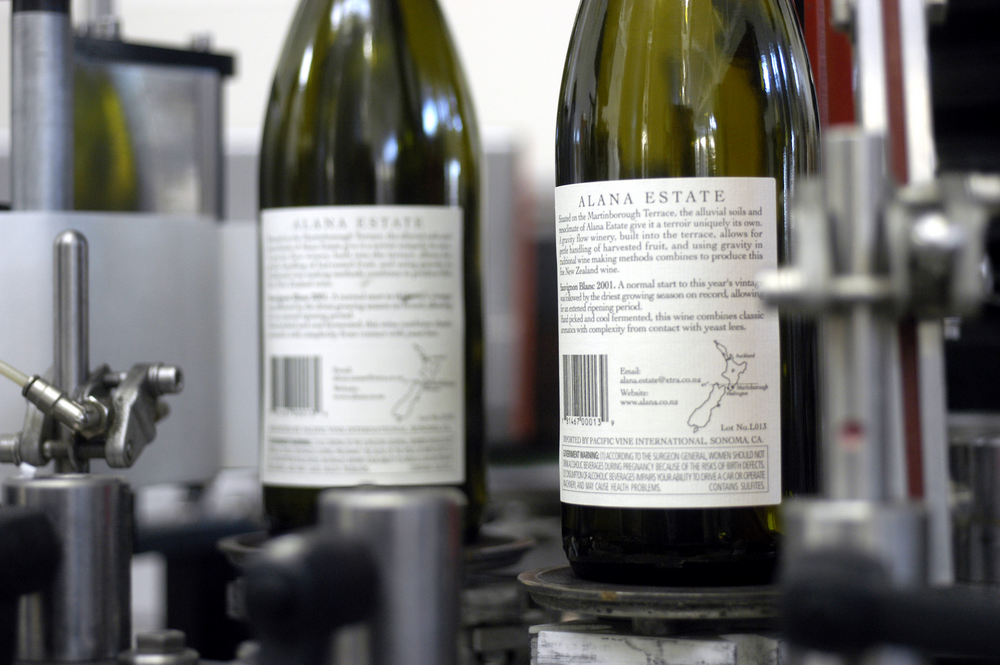Navigating EU wine labelling rules: what New Zealand winegrowers need to know and how GS1 QR codes can help
As global markets evolve, so too do the regulations that govern them. For New Zealand winegrowers exporting to the European Union, a significant regulatory shift took effect on December 8, 2023, requiring digital disclosure of product information. This change was part of the EU’s broader push for transparency, sustainability, and consumer empowerment—and it presents both a challenge and an opportunity for Kiwi wine producers.
Understanding the new EU requirements
Under the EU wine labelling regulations, any wine produced after December 8, 2023 and sold within the EU must include detailed product information accessible via a digital format. This includes:
- Ingredients
- Nutritional values
- Alcohol content
- Bottle size
- Energy value
- Potential allergens.
This information must be made available to consumers through a QR code or web link printed on the wine label. The goal is to ensure that consumers can easily access comprehensive product details without cluttering the physical label.
Why this matters for New Zealand Winegrowers
New Zealand’s wine industry is renowned for its quality and innovation. With the EU-New Zealand Free Trade Agreement promising to boost exports by up to NZD $1.8 billion annually over the next decade, compliance with EU regulations is essential for capitalising on this opportunity.
However, meeting these new labelling requirements can be complex—especially for small and medium-sized producers. Traditional label redesigns can be costly and time-consuming. Fortunately, digital labelling offers a flexible and scalable solution.
Digital labels and the power of GS1 QR Codes
Digital labels are web pages that host all required product information. These pages are accessed by scanning a QR code printed on the wine bottle. One of the most effective and globally recognised standards for this is the GS1 QR code with Digital Link.
What is GS1 Digital Link?
GS1 Digital Link is a standardised format for QR codes that connects physical products to digital information. It allows producers to:
- Link to product data, traceability info, and regulatory disclosures
- Update digital content without reprinting labels
- Ensure compatibility across global markets and regulatory systems.
GS1 QR codes are already mandated in countries like India and are gaining traction in the EU for products ranging from wine to medical devices.
Globally, there is a transition to 2D barcodes or GS1 QR codes, at retail point of sale – with a target date of the end of 2027 for the transition, this means in the near future you could see a GS1 QR code on wine labels which can ‘beep’ at retail point-of-sale and be scanned by consumers via a smartphone. We expect to see an increase in New Zealand businesses interested in adopting GS1 QR codes.
Looking ahead
There are many technology providers who will be happy to guide you in the use of GS1 QR codes for digital labelling. We’d encourage winegrowers and other producers to reach out to their technology providers to understand how they can implement these changes, or to the GS1 New Zealand team who will be happy to assist.
The EU’s move toward digital labelling is part of a broader global trend. As sustainability, traceability, and consumer rights become central to trade policy, digital solutions like GS1 QR codes will become indispensable tools for exporters. For New Zealand winegrowers, embracing digital labelling isn’t just about compliance—it’s about future-proofing your business, enhancing brand reputation, and unlocking new market opportunities.


